Unprecedented images
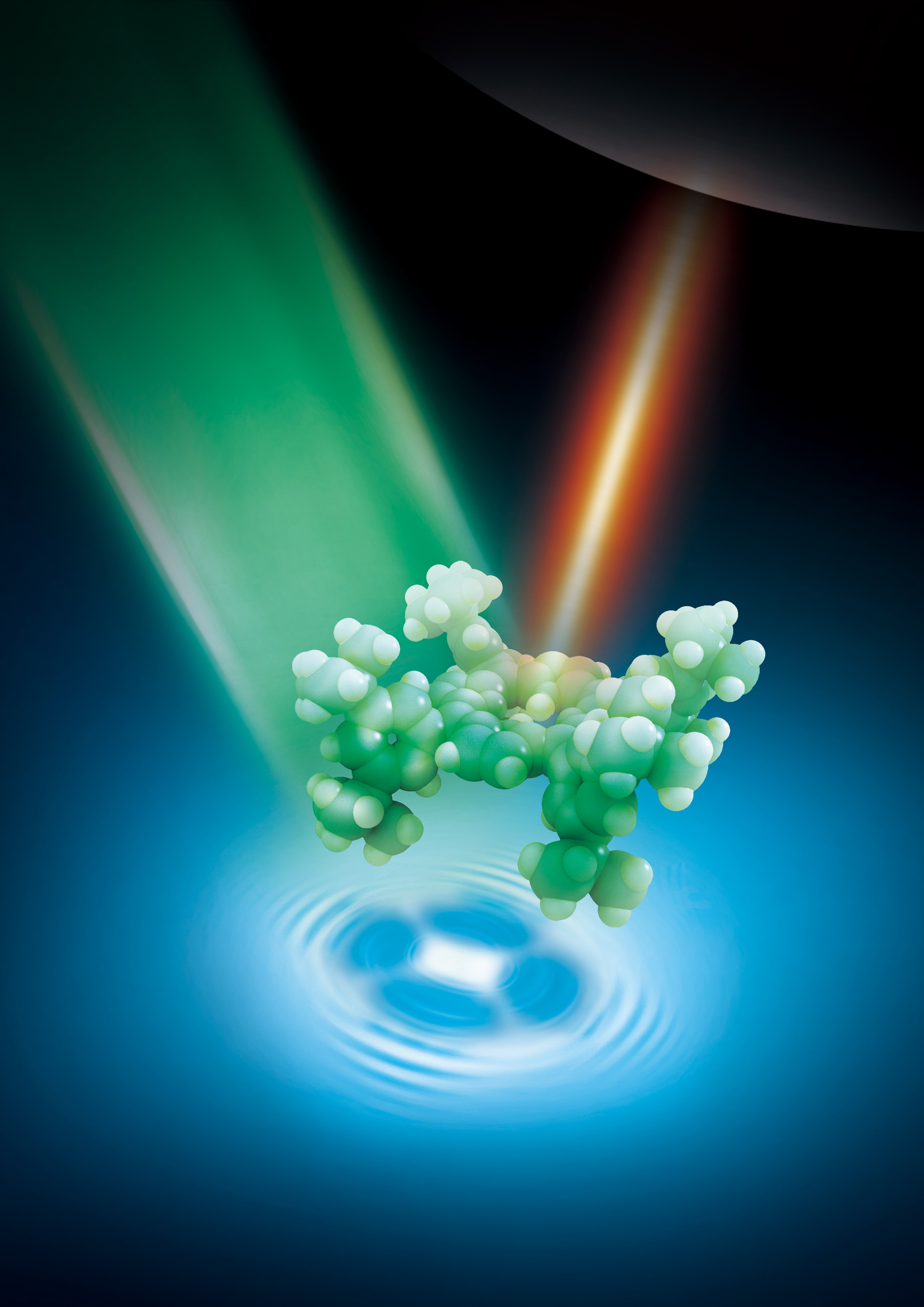
In June 2013, researchers in China reported the ability to view molecules using light-based microscopy in stunning detail.
Enhanced method
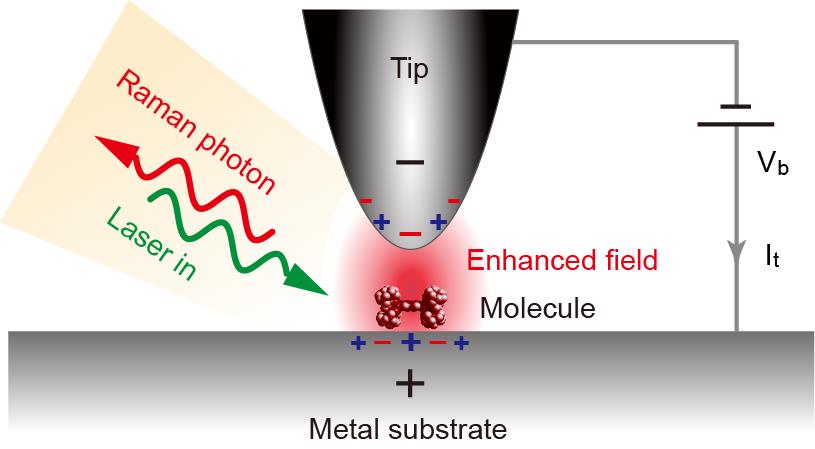
In the new method, the researchers used a technique called Raman spectroscopy to view the molecules. They enhanced it by bringing a metal tip close to the sample.
Tip enhanced
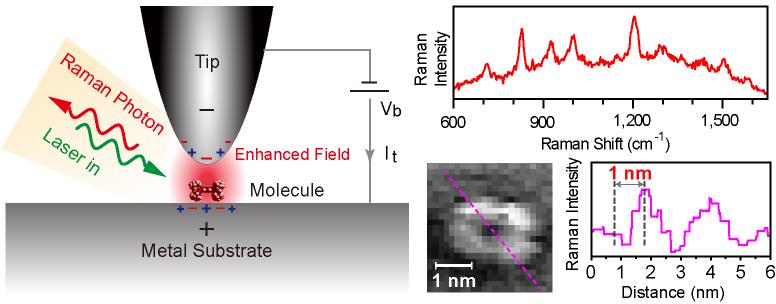
In raman spectroscopy, a focused beam of light hits the molecules, changing the vibrational frequency of light given off. By measuring that frequency, scientists can gain information about the molecules being viewed. The metal tip improves the resolving power of the microscope.
Stunning detail
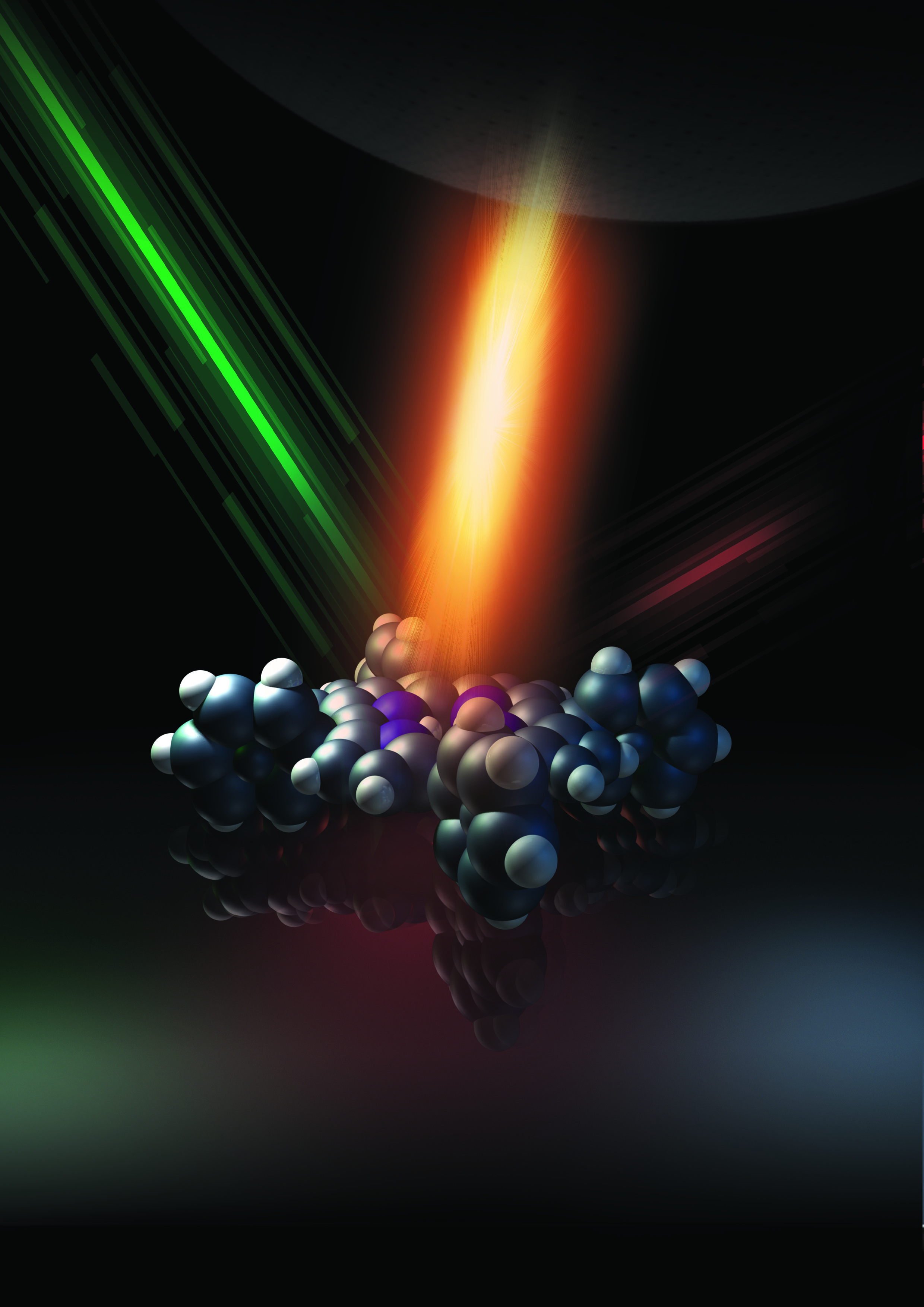
Using this method, the team was able to view individual molecules in stunning detail.
Focusing light

The new method essentially allows the researchers to increase their ability to resolve images.
Individual bonds
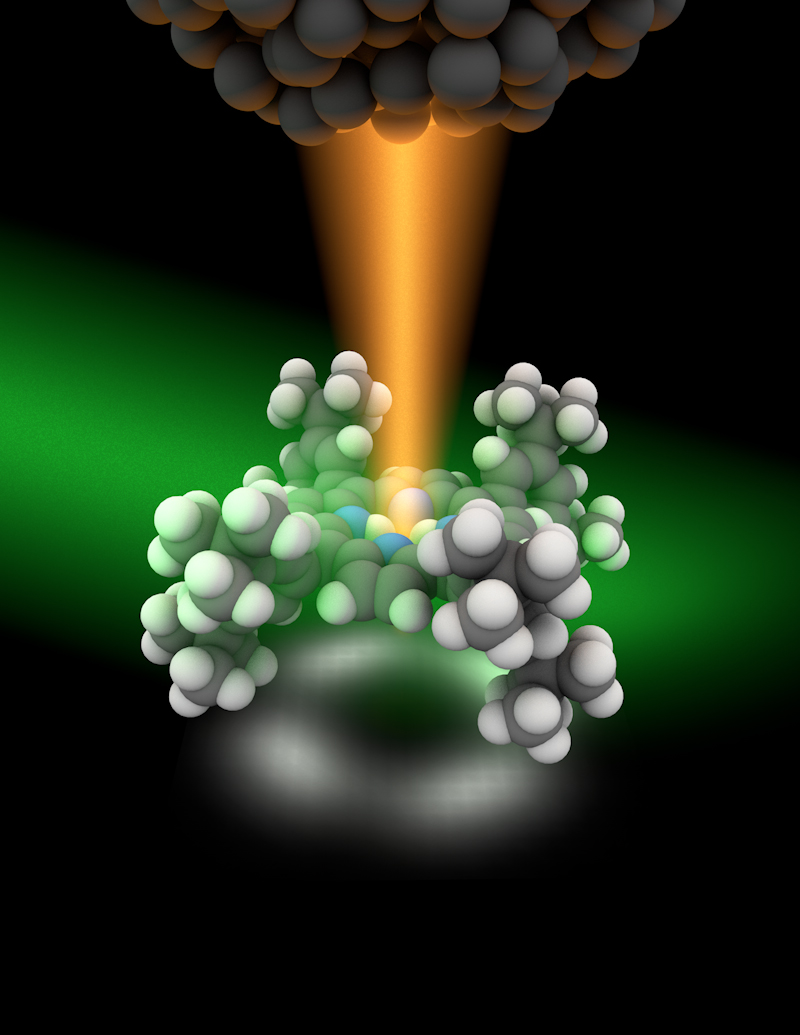
Researchers peered inside molecules at less than one nanometer resolution, close enough to see individual bonds vibrating.
Molecular resolution
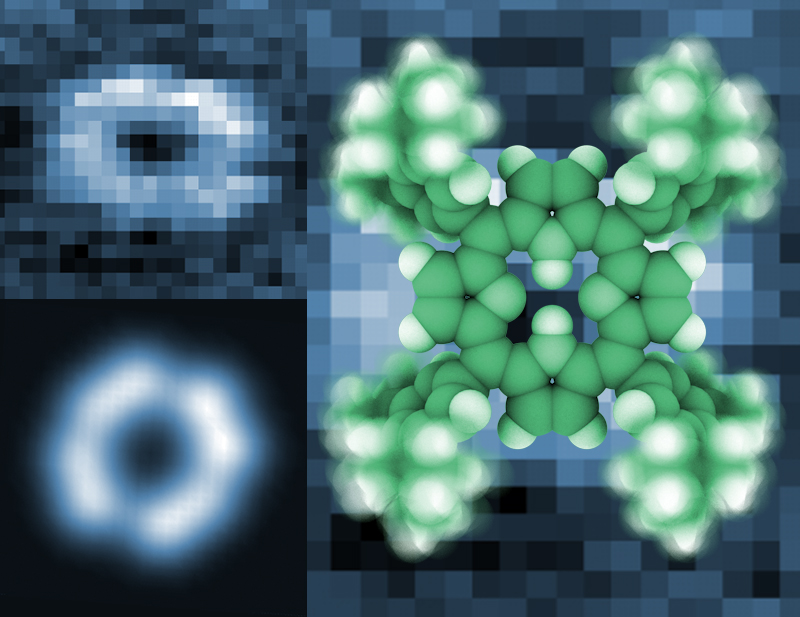
Top left: experimental map of an isolated porphyrin molecule for a given vibration frequency revealing the four-lobe pattern. Bottom left: theoretical calculation of the same molecular vibration showing its fingerprint. On the right: molecular structure of the porphyrin used in the experiment.
Sign up for the Live Science daily newsletter now
Get the world’s most fascinating discoveries delivered straight to your inbox.

Tia is the managing editor and was previously a senior writer for Live Science. Her work has appeared in Scientific American, Wired.com and other outlets. She holds a master's degree in bioengineering from the University of Washington, a graduate certificate in science writing from UC Santa Cruz and a bachelor's degree in mechanical engineering from the University of Texas at Austin. Tia was part of a team at the Milwaukee Journal Sentinel that published the Empty Cradles series on preterm births, which won multiple awards, including the 2012 Casey Medal for Meritorious Journalism.









